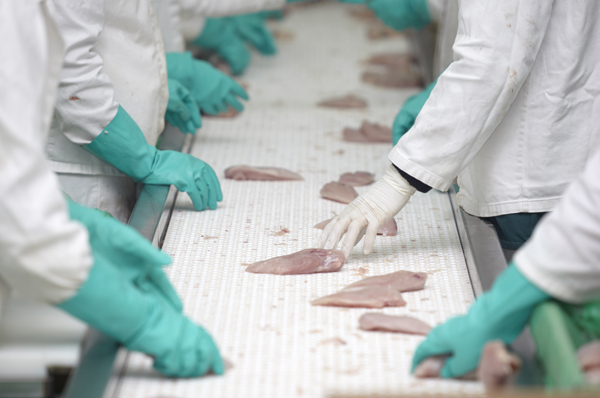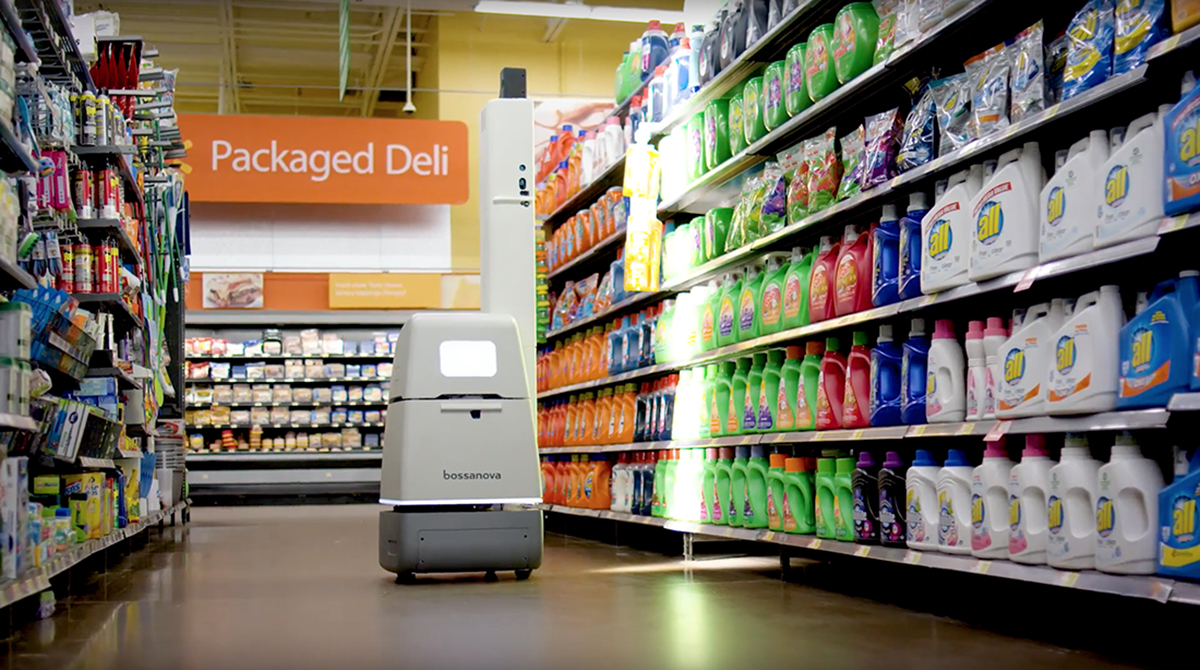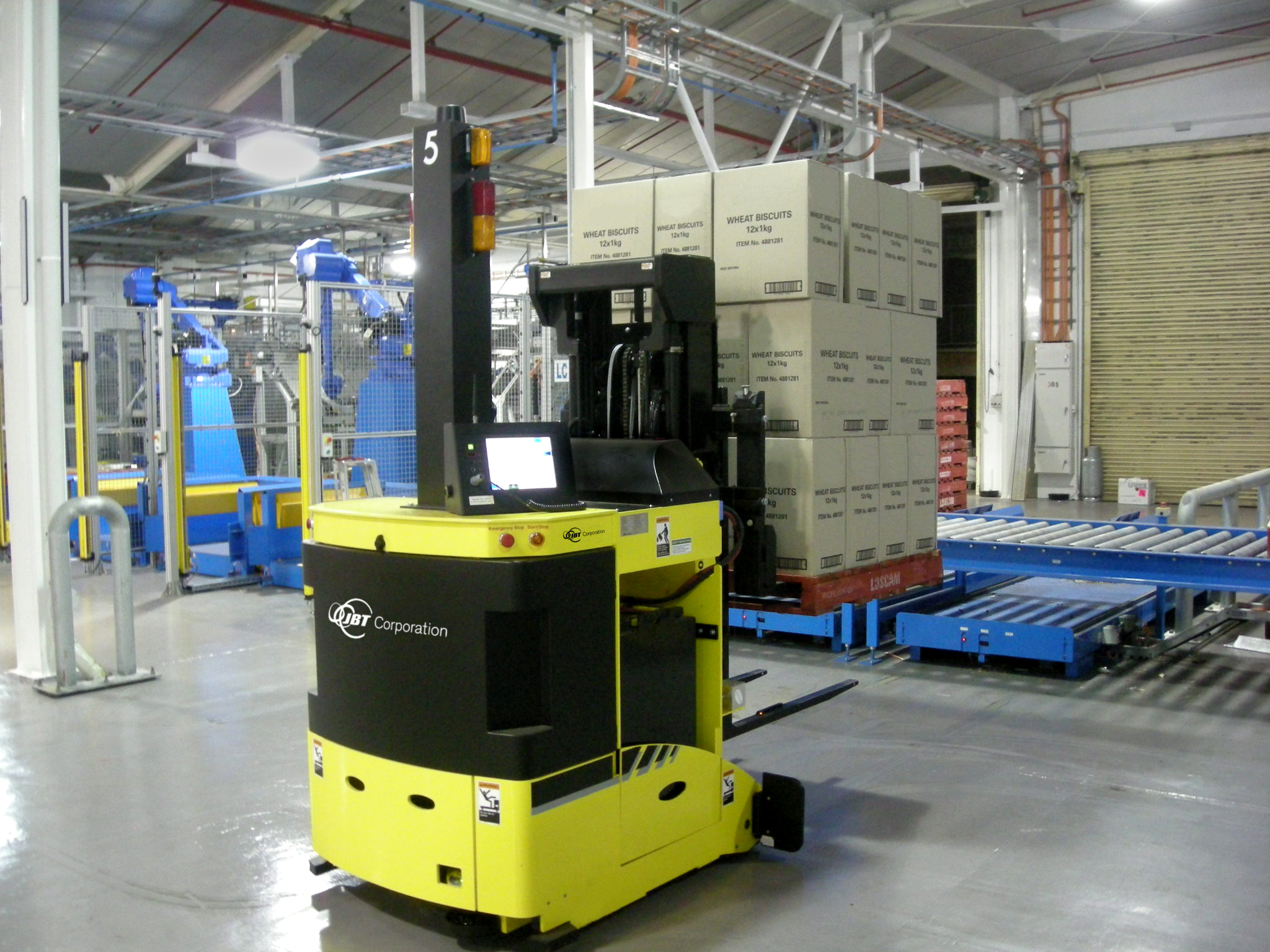With a 3.7 percent jobless rate, the lowest number the US has seen in 10 years, many industries are wondering whether they are going to be able to attract the workforce that they will soon need. This is particularly true in the food industry where the unemployment rate is 4.5 percent.
Andi Thornbury, a site manager at the job board for CareersInFood, states there has been a 12 percent increase in 2018 for food manufacturing job postings, and in the last 24 months, vacancies for these types of positions increased by 37 percent. She further states that the food industry – out of all the manufacturing businesses – has the has the highest opportunity for growth in employment with a 51 percent increase in job openings.
According to study conducted by Deloitte Insights, in partnership with the Manufacturing Institute, about eight percent of all employees in the US in 2017 were part of the manufacturing industry, which contributes 10 percent to the total gross domestic product of the States.
As time goes on, the manufacturing industry is increasing its need for employees. While this seems like a positive change for thriving food processing plants and job seekers, there is a high imbalance of qualified workers to meet this demand. According to Deloitte Insights, there is a significant gap between jobs and employees that have the qualifications to fulfill them.
This skill gap, along with the massive number of retiring baby boomers, will lead the US manufacturing sector to hire an additional 4.6 million employees between 2018 and 2028.
In further detail, the Deloitte Insights report states that this leaves 2.69 million job openings leftover due to retiring baby boomers and 2.4 million job openings vacant due to skill shortages, with an additional 1.96 million job openings from natural growth. This has especially affected the food industry due to a growing consumer base creating more stress on the process of food manufacturing. The report predicts that less than half of the job openings (2.2 million) will be filled out of the 4.6 million needed in the manufacturing industry.
The Industry is Changing
Being immersed in the Fourth Industrial Revolution has required environments in the manufacturing industry to advance in technology and make use of automated equipment services, with new skills and protocols for factory workers to learn. This differentiates today’s manufacturing workers from previous generations who made a living in the industry.
This shift requires workers to be comfortable with engineering technologies such as digital skills, programming robots and automation, working with innovative tools and technology as well as in-depth critical thinking.
Although this may seem intimidating to some, the rise in technology is also an element that food manufacturing companies are utilizing to help assist with daily tasks. With a growing demand for food exports like poultry and beef, this will help make food processing easier. In fact, 67 percent of US manufacturers think technology will help create a more productive workplace, according to Deloitte Insights.
Improving Wages Could Help
With the urgency to fill empty jobs in a growing industry, manufacturers are offering workers an increase in pay.
Gary Mickelson, a director for media relations at Tyson, states that some poultry factories have taken part in a trial run of paying workers $15 dollars an hour as oppose to the food processing average hourly rate of $12.69. In addition, the Tyson company has also doubled their average pay over the last three years.
This is due to an increase in workers leaving for another company, which has turned out to be a highly competitive issue between factories to attract workers through greater pay wages. According to Deloitte, 66 percent of the administrative executives see workers leave to go elsewhere for increased pay.
With that being said, other manufacturing companies are also trying to increase employee satisfaction by offering better pension plans along with improving work benefits like vacation and sick days. However, not all employers in the food industry can offer these competitive benefits.
The former CEO of Tyson’s food, states, “Food companies are really starved for growth, so they have to cut costs to the point that that is the only way to make money.”
This is a prominent issue in the food industry and makes it harder to attract loyal employees since they don’t have as big of a budget as other manufacturers in the industry. It also leads to another issue – overpaying employees that have been working for an extensive period of time because they can’t afford to retire.
Manufacturers are also trying to compensate by outsourcing contract workers, although this has been a controversial strategy since it runs the risk of employers missing out on an opportunity to find a long-term worker.
According to Deloitte Insights, long-term established work dynamics are decreasing, leading to more diverse work environments that are made up of a myriad of employees. This has led to 40 percent of workers of all ages in the United States having alternative work arrangements on the side, overall negatively affecting long-term work dynamics in the industry. The French tire manufacturer, Michelin, has kept an additional 19,000 retired employees working in the US through minimal contract work on the side.
Another issue is the negative view the millennial generation has towards factory work being less desirable in comparison to previous generations. This leads to a lack of younger employees staying in the business for the long haul, which in turn will create insufficiencies in leadership roles in the future that are chosen from years of extensive experience.
“You see people move up to a line manager or a test manager…You also see people move from the shop floor into the corporate,” said Will Eadie, Global Vice President of Strategy at WorkJam. “I think manufacturers are getting really smart to realize that someone who has worked the line for 10 years probably knows something about those best practices and how to inject that into the complete supply chain or a complete assembly line.”
While finding long-term skilled employees is a growing issue for the food manufacturing industry, automation and technology may be a potential solution to this shortage.
Technology is Helping in the Meantime
In 2018, 29 percent of jobs have been executed by automated services. But according to the World Economic Forum, by 2022, robotic technology will make up 42 percent of tasks carried out in these work environments.
Although this increase in reliance on technology has been looked at as a threat to employees who currently fill these roles, many manufacturers are looking at these robots as a substitute for the shortfall of humans willing to perform such jobs.
To date, robots have mostly been used for simple tasks while the industry still requires critical thinking and other functions unique to human workers. However, 64 percent of the manufacturing industry says they are using robots to fill vacant job openings.
“The thing I always like to tell people is they’re not getting rid of jobs, they’re just changing the jobs,” said Eadie. “So it went from instead of me actually running the machine, I now need to be the person who tests the machine.”
In addition to this, some manufacturers further plan to compensate for the growing employment dilemma by partnering with primary schools and conducting in-class workshops to educate the next generation of employees. This early intervention could help young people to be better equipped to enter the workforce with updated skills to meet technological advances in the evolving industry.
And companies aren’t just targeting children to prepare them for a future in food manufacturing; Tyson has also partnered with adult education institutes to promote literacy with workers who use English as their second language. They’ve also provided free driving lessons, tech-savvy classes, and access to financial literacy lessons.
Manufacturers hope that offering these alternative opportunities will make them a more desirable workplace despite their inability to provide premium pension plans.
Furthermore, Eadie states that executives are asking employees to use social media and other outlets to promote their workforce as a marketing plan to advocate factory work to a broader audience. In the meantime, we’ll have to wait and see if this tactic resonates with millennials and increases the employment rate manufactures in the food industry are desperately seeking.












Join or login to leave a comment
JOIN LOGIN